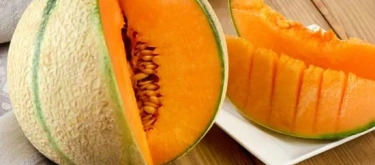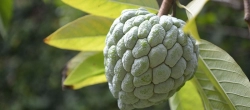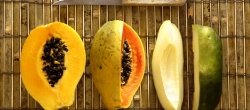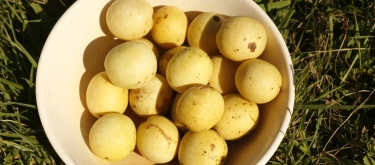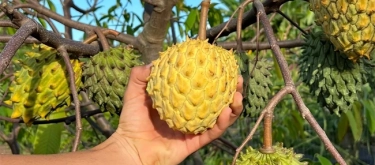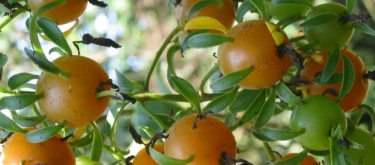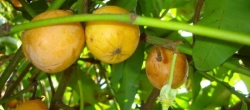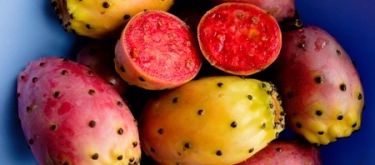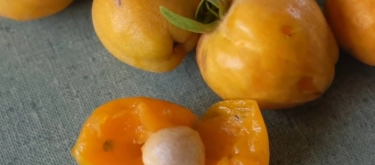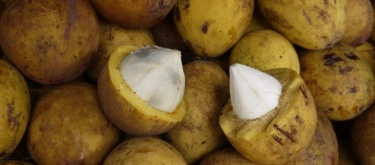Cassabanana: Taste Profile, Aroma, Benefits and Health Risks
Cassabanana (Sicana odorifera, also known as sikana or musk cucumber) is a fragrant tropical fruit native to Central and South America, especially popular in Brazil, Peru, Ecuador, and the Caribbean. Cultivated primarily for its aromatic, melon-like pulp, cassabanana has long been prized as both a culinary delight and natural air freshener due to its extraordinary fragrance.
Cassabanana is generally safe for consumption; however, its seeds should not be eaten, as they may cause mild digestive irritation. Those sensitive to melons or cucurbits may experience allergic reactions. Pregnant women can safely consume moderate amounts of the ripe fruit pulp.
What does Cassabanana taste like?

Complete Sensory Description:
Taste
Cassabanana possesses a sweet, mildly acidic taste reminiscent of cantaloupe, banana, peach, and subtle notes of cucumber, resulting in a uniquely refreshing yet exotic flavor profile.
Aroma
The aroma of cassabanana is exceptionally intense and pleasant, with a rich, sweet fragrance combining fruity and floral elements reminiscent of ripe melon, banana, jasmine, and vanilla undertones.
Texture
Externally, the fruit has a thick, smooth skin that transitions from green to orange-red or dark maroon when ripe. Internally, the pulp is juicy, fibrous yet tender, similar in texture to cantaloupe or ripe papaya, containing numerous seeds embedded within the pulp.
Appearance
Cassabanana fruits are elongated, cylindrical, or slightly curved, often reaching 30–60 cm in length and weighing up to several kilograms. Mature fruits exhibit a striking orange-red or maroon color, while the edible pulp is bright orange or yellowish-orange.
In-depth Flavor Analysis:
Cassabanana’s distinctive flavor arises from its complex composition of sugars, organic acids, and volatile aromatic compounds. The sweetness primarily results from fructose and sucrose, while malic and citric acids provide gentle acidity, balancing sweetness. The fruit’s aromatic intensity is due to various volatile esters, notably isoamyl acetate, benzyl acetate, and ethyl butanoate, which impart banana, melon, and fruity-floral notes. Terpenes, including geraniol and linalool, add floral undertones, enhancing complexity. Ripeness profoundly influences flavor development, with mature fruits exhibiting reduced acidity and intensified sweetness and aroma. Environmental factors such as temperature, soil composition, and moisture also significantly impact flavor nuances and aromatic quality.
Varieties and Culinary Applications:
Cassabanana has no widely recognized commercial varieties, though regional cultivars differ slightly in size, color, and sweetness. Culinary uses include:
- Fresh Fruit Consumption: Often consumed fresh, sliced similarly to melon, particularly popular chilled as a refreshing snack.
- Juices and Beverages: Commonly blended into juices, smoothies, and tropical cocktails.
- Desserts: Frequently used in ice creams, sorbets, puddings, fruit salads, and sweet pastries.
- Preserves and Jams: Its sweet pulp is ideal for jams, marmalades, and sauces, pairing especially well with spices like cinnamon and nutmeg.
Selection and Storage:
Select cassabanana fruits that exhibit uniform coloration, ranging from deep orange to maroon, indicating full ripeness. The fruit should have smooth skin free from major blemishes, emitting a strong, pleasant aroma. Store ripe fruits at room temperature for short-term use or refrigerated for up to one week. Sliced pulp can be refrigerated or frozen, preserving flavor effectively for several months.
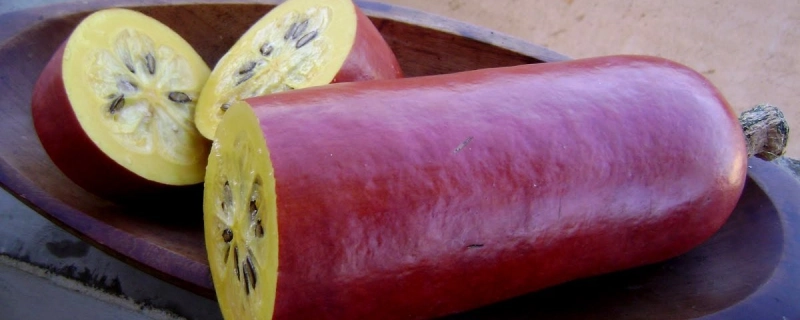
Nutritional Insights:
Cassabanana is a source of dietary fiber, vitamins (notably vitamin C and vitamin A precursors like beta-carotene), and essential minerals such as potassium and magnesium. It contains beneficial antioxidants, providing immune support, anti-inflammatory benefits, and promoting healthy digestion. The fruit’s fiber content contributes positively to digestive health and satiety.
Expert Insights & Culinary Tips:
- Ripeness Identification: The fruit’s fragrance intensifies noticeably when ripe, serving as a reliable indicator of ideal consumption readiness.
- Flavor Pairings: Cassabanana pairs exceptionally well with coconut, lime, passion fruit, mango, honey, cinnamon, and vanilla, making it versatile in desserts and beverages.
- Preparation Advice: Remove and discard seeds before consumption due to their mildly irritating properties. Strain pulp for smoother textures in beverages and desserts.
Interesting and Curious Facts:
- Traditionally, cassabanana fruits were hung indoors in Caribbean homes as natural air fresheners, admired for their powerful and pleasant fragrance.
- Indigenous peoples historically cultivated cassabanana primarily for its fragrance rather than as a primary food source.
- Despite its name, cassabanana is botanically closer to cucumbers and melons than bananas.
Harm and Dietary Considerations:
Cassabanana fruit pulp is generally safe, but seeds are inedible and should be removed due to mild digestive irritants. Individuals allergic to cucurbits (melons, cucumbers) should exercise caution. Moderate consumption is advised during pregnancy, with no specific contraindications known when seeds are properly removed.
Religious Dietary Considerations:
Cassabanana fruit is acceptable within all major religious dietary frameworks, including Halal, Kosher, and Hindu vegetarianism, without known restrictions or prohibitions.
Final Thoughts & Sensory Journey:
Cassabanana is an enchanting fruit whose exceptional fragrance and sophisticated sweet-tart taste capture the essence of tropical elegance. Whether enjoyed fresh, transformed into desserts, or appreciated for its aromatic allure, cassabanana offers a sensory experience unlike any other—melding flavor, fragrance, and culinary versatility in delightful harmony.
Resources:
- "Edible Medicinal and Non-Medicinal Plants" by T.K. Lim (Springer, 2012)
- "Fruits of Warm Climates" by Julia F. Morton (Echo Point Books, 1987)
- "Tropical Fruits: Volume 1" by Robert E. Paull and Odilo Duarte (CAB International, 2011)

